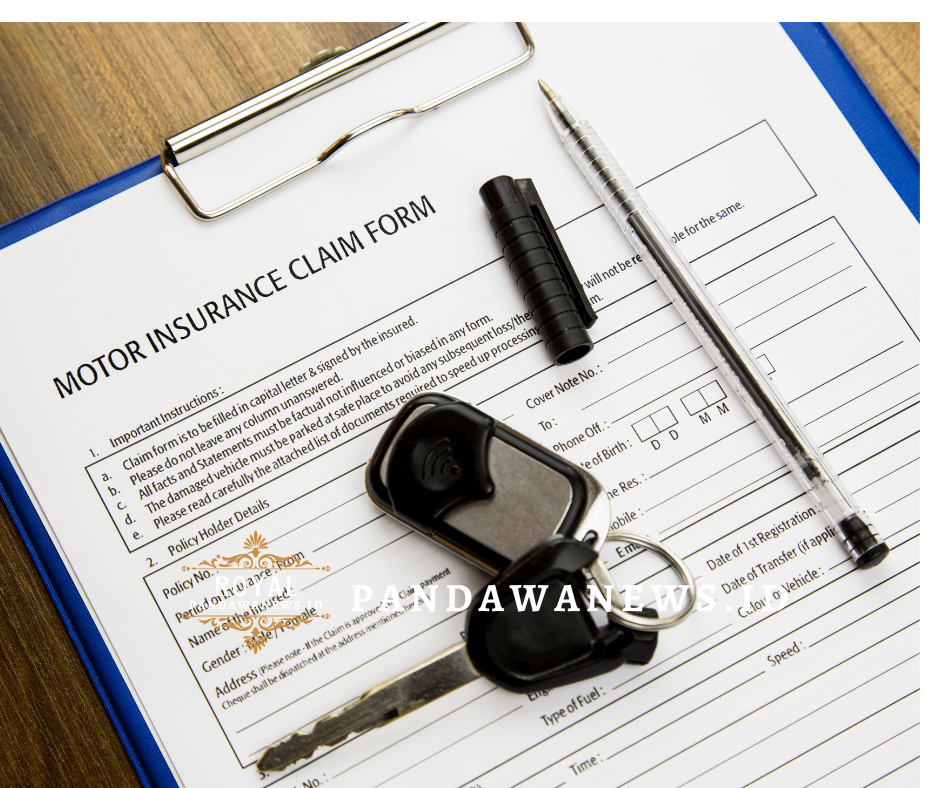Shopping for insurance can feel like navigating a maze of technical jargon, fine print, and confusing options. But if you know what to look for, choosing the right policy becomes much easier.
Iklan Google AdSense
Whether you’re buying health, life, auto, or home insurance, this guide highlights the key elements every smart buyer should check before signing up—so you can confidently pick a policy that actually protects you.
1. Type of Coverage
First, identify the exact type of insurance you need:
Iklan Google AdSense
-
Health insurance for medical expenses
-
Life insurance for income protection or legacy planning
-
Auto insurance for vehicle damage and liability
-
Home insurance for property and belongings
-
Travel, pet, or business insurance for specific needs
Choose a policy that addresses your specific risks and goals.
2. Coverage Limits
The coverage limit is the maximum amount the insurer will pay for a claim. Ensure:
-
The amount is sufficient to fully cover potential losses
-
You understand the difference between per-incident and lifetime limits
For example, underinsuring your home or car can leave you paying thousands out of pocket in a disaster.
3. Deductibles
A deductible is what you must pay before your insurance kicks in.
-
Higher deductibles = lower premiums but more out-of-pocket cost
-
Lower deductibles = higher premiums but quicker financial help
Pro Tip: Find a deductible amount that won’t strain your finances in an emergency.
4. Premium Costs
The premium is the regular amount you pay for coverage (monthly, quarterly, or annually). Compare:
-
What’s included for the price
-
Hidden fees or future increases
-
Value, not just price—cheaper isn’t always better
In 2025, many insurers also offer usage-based pricing or discounts for healthy behavior, smart devices, or safe driving.
5. Inclusions and Exclusions
These define what the policy does and does not cover.
✅ Inclusions: Covered risks (e.g., fire, theft, illness)
❌ Exclusions: Items or events not covered (e.g., pre-existing conditions, natural disasters, certain activities)
Always read the policy wording carefully. It’s where insurers hide what they won’t cover.
6. Claim Process and Reputation
A policy is only valuable if the insurer pays claims promptly. Check:
-
How to file a claim (app, phone, website)
-
Average claim settlement time
-
Online reviews and ratings
-
Claim rejection rate
In 2025, leading insurers offer instant online claims, chatbots, and AI-powered support—convenient features to look for.
7. Financial Stability of the Insurer
Choose a reliable and financially stable company. Look for:
-
Ratings from A.M. Best, Moody’s, or Standard & Poor’s
-
Years in business
-
Government or regulatory complaints
A company’s financial health ensures they can pay your claims when needed.
8. Policy Term and Renewal Conditions
Know how long the policy lasts and whether:
-
It automatically renews or requires reapplication
-
Your premium will change at renewal
-
You can cancel anytime without penalties
These details matter, especially for life insurance or long-term health plans.
9. Riders and Add-ons
Riders are optional benefits you can add to customize your coverage:
-
Critical illness rider
-
Accidental death benefit
-
Waiver of premium
-
Maternity coverage
Tailor your policy to match your lifestyle and future expectations.
10. Customer Service and Support
Good customer service = less stress. Look for:
-
24/7 support
-
Local agent availability
-
Mobile app usability
-
Online self-service options
You’ll appreciate great support during an emergency or claim.
Conclusion
Insurance is a long-term investment in your peace of mind. By checking these 10 factors—coverage, costs, claims, and customer support—you’ll be able to choose a policy that truly protects you and your loved ones.
In 2025, smart insurance shopping means being informed, not overwhelmed.
Iklan Bersponsor Google










